Nam Nha Pagoda
Nam Nha pagoda is famous not only by the beauty of elegant architect, peaceful and quiet palace but also by the historical – cultural relic. So it becomes a popular place for tourists visiting in Can Tho.
Nam Nha Pagoda is located in the northern residential area about 200 meters from the Hau River, in front of the family Binh Thuy, the south is the street of Le Hong Phong. The pagoda was recognized as historic national culture in 1991.
Nam Nha Pagoda was created by Nguyen Giac Nguyen in 1890. By 1895, humanitarian Master introduced to, he gave up the pharmacy North and build a temple named Nam Nha Tang. Thus the temple also known as Master. At this point of time only 3 temples, wooden pillars, gates and very simple tiled roof is composed of the main power between the two sides are East and West Lan Lan way street.
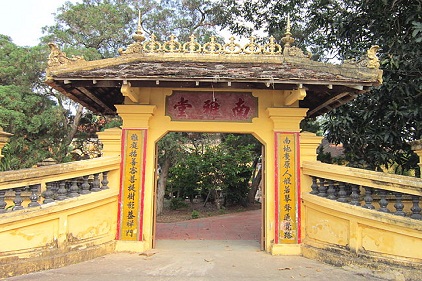
In 1905 the temple was expanded with 5 apartments and two bottles. In the late nineteenth century and early twentieth century, is based Nam Nha Pagoda revolutionary activities of the patriotic scholars such as Nguyen Than Hien Cuong, Nguyen Giac Nguyen....In 1917, Nguyen Giac Duyen Nguyen Giac Cung and children, and all the temple committee composed Duong Van Dat (teacher she died), Mai Thi Furniture, Bui Huu Sanh (son valedictorian Bui Huu Nghia) jointly build a three security concerns. By the year 1923, the temple was restored, finishing one more time and huge scale as today.
Yard, surrounded by a large garden stretching out to take waterfront Binh Thuy; Between bonsai garden is above 2 m is placed in a tub of blue water ships dark red brick, pine trees planted in the garden, plant monitoring and other trees. Interwoven under this tree are valuable ornamental plants, nearly 100 years old are cut meticulously bending.

In the middle is a large house 5 times, tiled roofing, painting on shaped European dragons. Ministry for roof truss pattern set on seven pillars round, square. Under each column has a stone base. The central area of the main hall is decorated very solemnly where the altar used as a tool Professor Nguyen Giac Nguyen, Quan Quan Noble and Calendar Great Patriarch. Facing the altar three religions is a shrine town guardian herd poet Bui Huu Sanh and Bui Huu Nghia.
Both sides have 2 electric bills put all your altar table of the abbot. After the house was a long corridor with two rooms seating quarter. To the right and left temple tile is 2 blocks east called Lan Road (also known as Need dojo) for men and Zealand Road (also known as Kun dojo) for women eating communion with kitchen . After the temple is an orchard, evergreen, season actualised, typical for the Mekong Delta.
See more
-
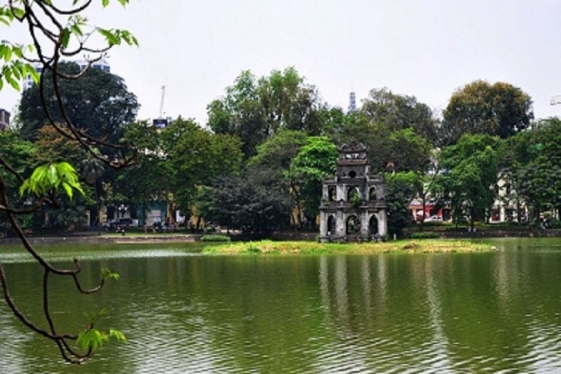
Hoan Kiem Lake & Ngoc Son Temple
There are many beautiful sights in Hanoi but the most attractive sight may be Hoan Kiem Lake. Many people say that “Hoan Kiem Lake is the heart of Hanoi , the...
-
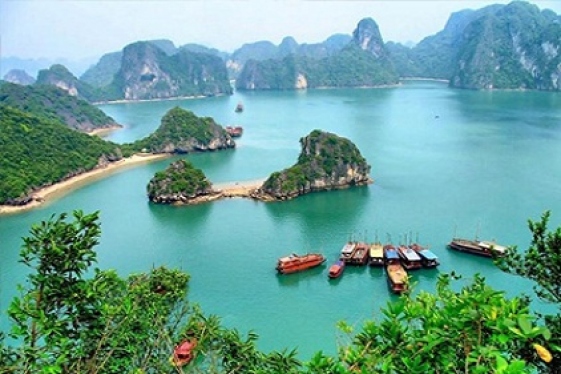
Bo Hon Island
When it comes to beautiful islands in Halong Bay, Bo Hon Island is definitely worth mentioning. The island has not only beautiful landscapes but also has one of the largest...
-
.jpg)
Fansipan mountain Sapa
The Mount Fasipan is located in Lao Cai province, about 9km southwest of Sapa town. It belongs to the mountain range Hoang Lien Son, located in the northwest of Vietnam and...
-

Thu Le Park
Also known as Hanoi zoo, Thu Le Park is a popular place for families, especially those with young children.
-
.jpg)
Tra Co Beach
With the extensive beach of smooth white sand and blue transparent water, Tra Co Beach is the border of a natural island which is created by the impact of waves and sea stream...
-

Mariamman Hindu Temple
Situated close to the Ben Thanh market, the Mariamman Hindu temple serves the small community of 100 or so Chinese and Vietnamese Tamil Hindus living in Ho Chi Minh City.
-
.jpg)
Hai Van Pass
Hai Van Pass or Sea Clouds Pass offers an impressive landscape of verdant mountains and clear blue skies, overlooking Da Nang City, Tien Sa Port, Son Tra Peninsula, and South...
-
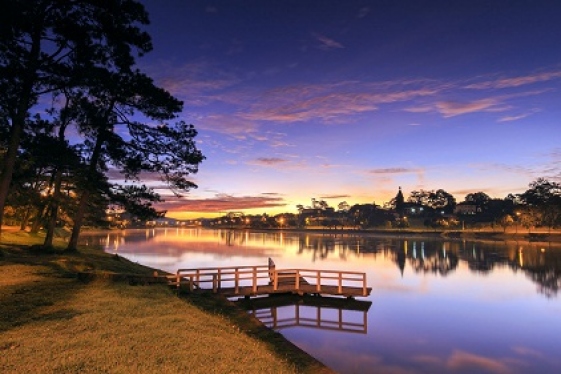
The beautiful Xuan Huong Lake
Xuan Huong Lake is a beautiful lake that located in the center of Dalat . Around the lake, there is a pine forest, lawn and flower garden. So, Xuan Huong lake is a favorite...
-
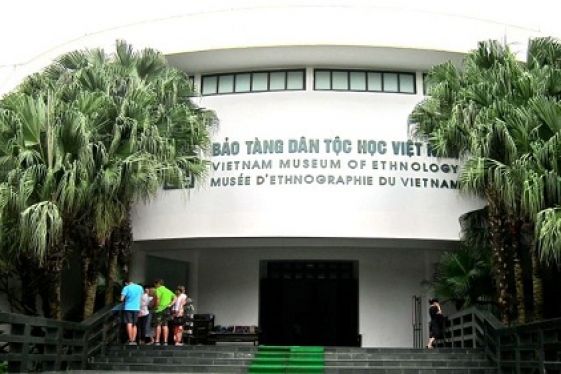
Vietnam Museum of Ethnology
This is the most recent yet probably the largest and undoubtedly the most interesting Museums in Hanoi and Vietnam.
-
.jpg)
Bat Trang Pottery
Bat Trang, traditional porcelain and pottery village with history of seven centuries, is an interesting attraction in Hanoi that tourists should not ignore.
Destinations
Most popular tours
-
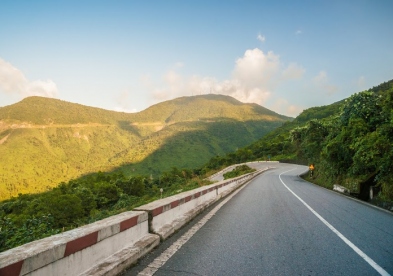
Central Vietnam Gateway
Price from: Contact
-
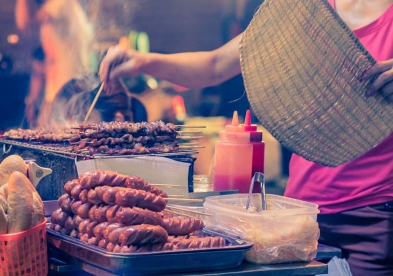
Hanoi Street Food Discovery
Price from: Contact
-
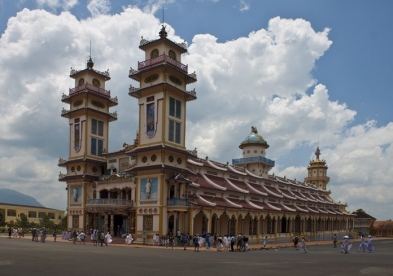
Cao Dai Temple and Cu Chi Tunnel
Price from: 25 US$
-
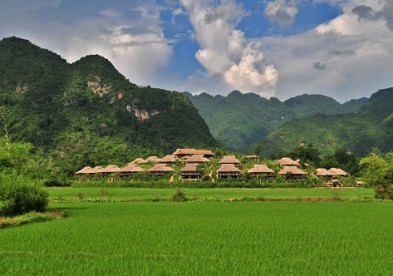
Mai Chau hill tribe day tour
Price from: 33 US$
Business info
Vietnam Local Guide
- Address: 18th Floor, VTC Online Tower, 18 Tam Trinh Str.,Hai Ba Trung Dist., Hanoi, Vietnam
- Email: info@vietnamguider.com
- Phone: (+84) 0904989890
- Hotline: (+84) 0904989890